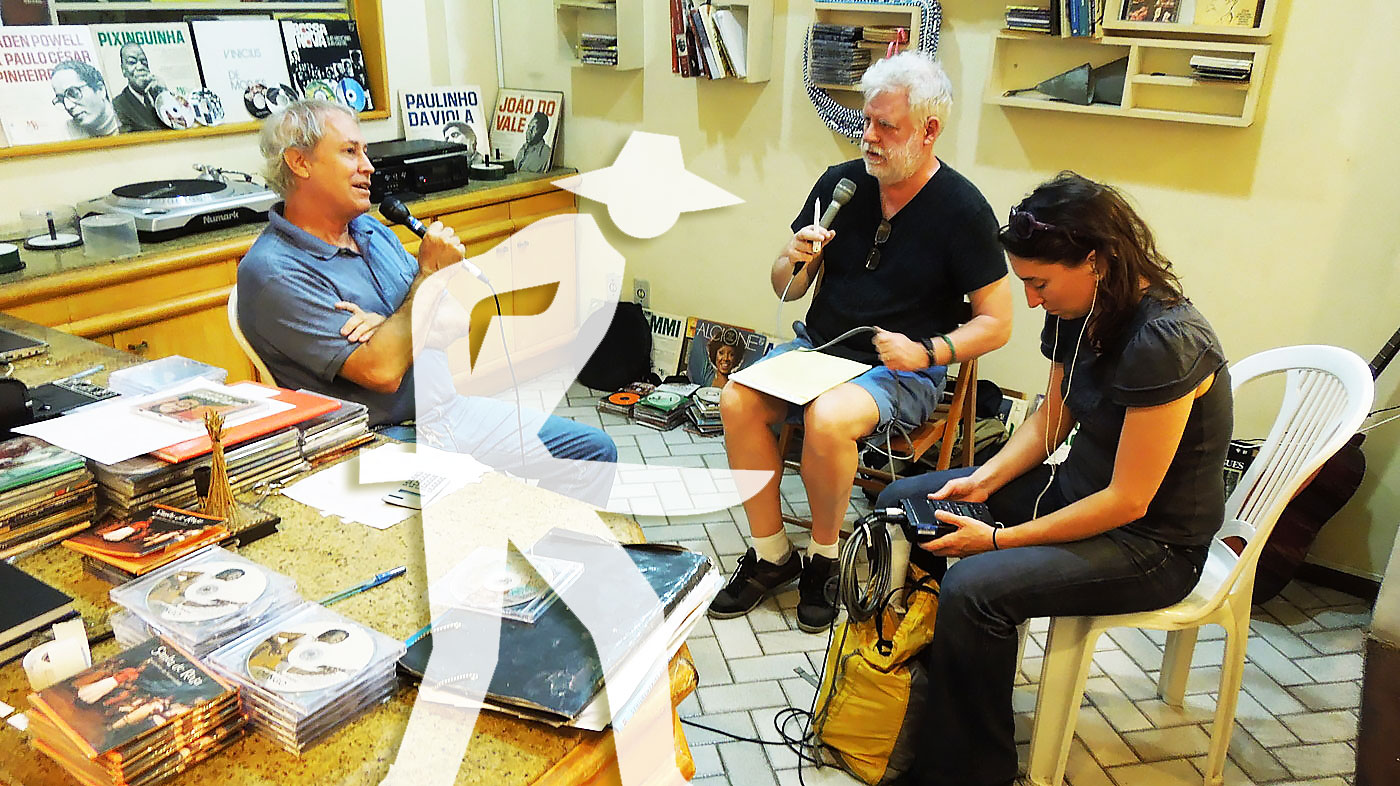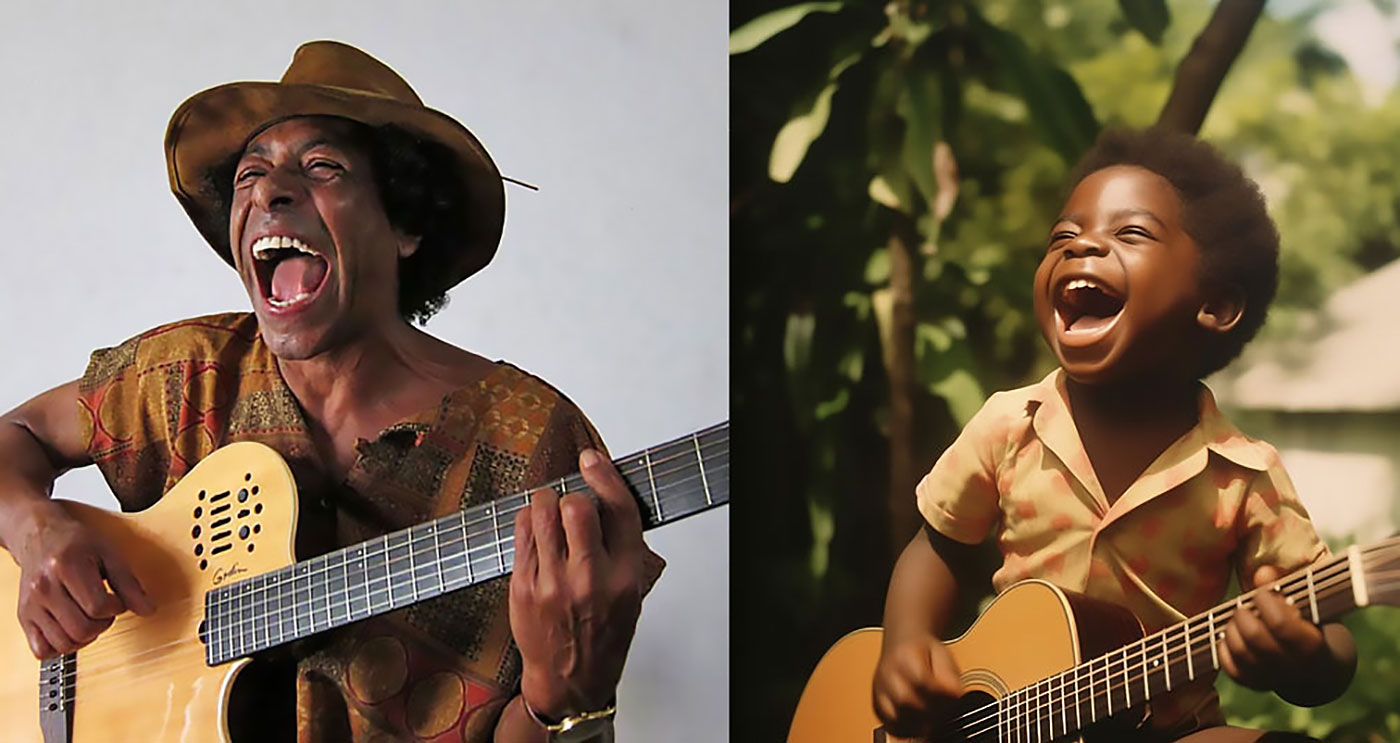Matrix Page
 Curation & Recommendations
Curation & Recommendations...of and for musicians, writers, academics, painters, choreographers, filmmakers, theater directors, sound and set designers, chefs...
CURATION
- from this page: by Matrix
Network Node
- Name: Eric Coleman
- City/Place: Highland Park, California
- Country: United States
Life & Work
-
Bio:
L.A. born artist Eric Coleman began taking pictures at the age of twelve. His youthful hobby led to a career as a professional photographer in which, over a 10-year period, Coleman has grown to be an innovator with a unique style of photography. Coleman deepened his appreciation and enthusiasm for photography while attending The Royal College of Art in London. There he was able to cultivate his distinctive style of visual communication while honing his craft with top level professionals.
He gained his first editorial commissions while working as a freelance photo assistant for some of the most acclaimed photographers of our time such as Peter Lindhberg, Melodie Mcdaniel, Steve Heitt, Robert Erdman and Rankin. Coleman has honed his skills in a diverse range of fields such as fine art, photo journalism, fashion, landscape and music photography.
Eric Coleman partnered with L.A. based photographer B+ to form Mochilla, a production company that has grown to produce several films, music videos and music albums. As an Executive Producer and Cinematographer, Coleman spent the last three years working on “Brasilintime: Batucada com Discos” a film that explores the shared relationship between hip-hop and Brasilian music.
Coleman has exhibited his photographic work at the Transport Gallery in Los Angeles, Commonwealth Gallery in Virginia and the Royal Academy of Art Gallery in London. His photographs have graced the pages of numerous publications including InStyle, ReUp, Fader, Teen Vogue and many others. He shoots for record labels such as Stones Throw, Warner Brothers Music, JazzySport Japan, etc.
He has photographed actors and artists such Eminem, Mary J. Blige, Terrence Howard, Fergie (Black Eyed Peas), Madlib, Hill Harper, Christina Milian, DJ Shadow, Ernie Barnes, Faith Evans and MF Doom. Eric Coleman has produced popular photographic campaigns for many apparel manufacturers such as Vans, Elements, Elwood, Aesthetics, Alphanumeric, Live Mechanics and many more.
Contact Information
- Email: [email protected]
Media | Markets
- ▶ Buy My Music: http://www.mochilla.com/shop
- ▶ Buy My Vinyl: http://www.mochilla.com/shop?category=Vinyl
- ▶ Twitter: ecoleye
- ▶ Instagram: ecoleye
- ▶ Website: http://www.mochilla.com
More
-
Quotes, Notes & Etc.
Mochilla is a production company formed by photographers Eric Coleman and B+ in 1997. The pair were working on a music video for DJ Shadow (High Noon) near the Teotichucan pyramids outside Mexico City. During a conversation with the Mexican producer in an attempt to explain their philosphy of shooting they stumbled on the Spanish word for backpack - Mochila.
In 1997 backpack was an almost derogatory term for independent hip-hop. Backpackers kept their rhyme books or spray cans with them at all times and this required a bag. The bag would be slung across their backs so that they would be mobile. “If the equipment doesn’t fit in the backpack we wont shoot it” became the defining rule in the formation of Mochilla.
It was part practical adage (both photographers being committed to a practice that prioritizes engagement over production scale) — part nod to the group of film makers called Dogma started by Lars Van Triers. Twenty years later Mochilla has produced multiple music videos, many music documentaries, several ad campaigns, twenty mix cds, two remix albums and more than one hundred album covers and it continues to grow.
The pair were instrumental in Banksy's Oscar nominated documentary Exit Through the Gift Shop.
Both Coleman and B+ have taken their respective fields to new heights selling films to the Sundance Channel, being distributed by Ninja Tune, touring Europe several times, executing campaigns for Levis, Adidas, Dickies and Vans. They have shown their work as Mochilla on five continents. They both have successful solo careers but their continuing collaboration is housed at Mochilla.

The Matrix is a small world network in which creators may recommend other creators and be recommended by other creators. And where, like stars coalescing into a galaxy, creators in the Matrix mathematically gravitate to proximity to all other creators in the Matrix, no matter how far apart in location, fame or society. This gravity is called "the small world phenomenon". While the Matrix's utilization of small world gravity is unprecedented, small world networks are all around us, even inside us: our brains contain small world networks. Humanity itself is a small world network wherein over 8 billion human beings average 6 or fewer steps between any two given people, anywhere. Those steps are seldom all transitable though. In the Matrix they are.
![]() Wolfram MathWorld on the Small World Phenomenon
Wolfram MathWorld on the Small World Phenomenon
![]() Matemática Wolfram sobre o Fenômeno Mundo Pequeno
Matemática Wolfram sobre o Fenômeno Mundo Pequeno
"In a small world great things are possible."

It's not which pill you take, it's which pathways you take, pathways originating in the sprawling cultural matrix of Brazil: Indigenous, African, Sephardic and then Ashkenazic, European, Asian... Matrix Ground Zero is the Recôncavo, contouring the Bay of All Saints, earthly center of gravity for the disembarkation of enslaved human beings — and the sublimity they created — presided over by the ineffable Black Rome of Brazil: Salvador da Bahia.
("Black Rome" is an appellation per Caetano Veloso, son of the Recôncavo, via Mãe Aninha of Ilê Axé Opô Afonjá.)
"Dear Sparrow: I am thrilled to receive your email! Thank you for including me in this wonderful matrix."
—Susan Rogers: Personal recording engineer for Prince, inc. "Purple Rain", "Sign o' the Times", "Around the World in a Day"... Director of the Berklee Music Perception and Cognition Laboratory
"Thanks! It looks great!....I didn't write 'Cantaloupe Island' though...Herbie Hancock did! Great Page though, well done! best, Randy"
"We appreciate you including Kamasi in the matrix, Sparrow."
—Banch Abegaze: manager, Kamasi Washington
"This is super impressive work ! Congratulations ! Thanks for including me :)))"
—Clarice Assad: Pianist and composer with works performed by Yo Yo Ma and orchestras around the world
"Dear Sparrow, Many thanks for this – I am touched!"
—Julian Lloyd-Webber: UK's premier cellist; brother of Andrew Lloyd Webber (Evita, Jesus Christ Superstar, Cats, Phantom of the Opera...)
"Thanks, this is a brilliant idea!!"
—Alicia Svigals: World's premier klezmer violinist
Developed here in the Historic Center of Salvador ↓ .
![]() Bule Bule (Assis Valente)
Bule Bule (Assis Valente)
"♫ The time has come for these bronzed people to show their value..."
Production: Betão Aguiar
MATRIX MODUS OPERANDI
Recommend somebody and you will appear on that person's page. Somebody recommends you and they will appear on your page.
Both pulled by the inexorable mathematical gravity of the small world phenomenon to within range of everybody inside.
And by logical extension, to within range of all humanity outside as well.
MATRIX (PARDAL)
I'm Pardal here in Brazil (that's "Sparrow" in English). The deep roots of this project are in Manhattan, where Allen Klein (managed the Beatles and The Rolling Stones) called me about royalties for the estate of Sam Cooke... where Jerry Ragovoy (co-wrote Time is On My Side, sung by the Stones; Piece of My Heart, Janis Joplin of course; and Pata Pata, sung by the great Miriam Makeba) called me looking for unpaid royalties... where I did contract and licensing for Carlinhos Brown's participation on Bahia Black with Wayne Shorter and Herbie Hancock...
...where I rescued unpaid royalties for Aretha Franklin (from Atlantic Records), Barbra Streisand (from CBS Records), Led Zeppelin, Mongo Santamaria, Gilberto Gil, Astrud Gilberto, Airto Moreira, Jim Hall, Wah Wah Watson (Melvin Ragin), Ray Barretto, Philip Glass, Clement "Sir Coxsone" Dodd for his interest in Bob Marley compositions, Cat Stevens/Yusuf Islam and others...
...where I worked with Earl "Speedo" Carroll of the Cadillacs (who went from doo-wopping as a kid on Harlem streetcorners to top of the charts to working as a janitor at P.S. 87 in Manhattan without ever losing what it was that made him special in the first place), and with Jake and Zeke Carey of The Flamingos (I Only Have Eyes for You)... stuff like that.

Yeah this is Bob's first record contract, made with Clement "Sir Coxsone" Dodd of Studio One and co-signed by his aunt because he was under 21. I took it to Black Rock to argue with CBS' lawyers about the royalties they didn't want to pay (they paid).
MATRIX MUSICAL
I built the Matrix below (I'm below left, with David Dye & Kim Junod for U.S. National Public Radio) among some of the world's most powerfully moving music, some of it made by people barely known beyond village borders. Or in the case of Sodré, his anthem A MASSA — a paean to Brazil's poor ("our pain is the pain of a timid boy, a calf stepped on...") — having blasted from every radio between the Amazon and Brazil's industrial south, before he was silenced. The Matrix started with Sodré, with João do Boi, with Roberto Mendes, with Bule Bule, with Roque Ferreira... music rooted in the sugarcane plantations of Bahia. Hence our logo (a cane cutter).
A Massa (do povo carente) / The Masses (of people in need)

-
Add to my PlaylistA Massa - Raymundo Sodré (7,093 plays)
-
Add to my PlaylistSina de Cantador - Raymundo So... (6,909 plays)
-
Add to my PlaylistMagnetismo - Raymundo Sodré ... (6,353 plays)
-
Add to my PlaylistSacando a Cana - Raymundo Sodr... (5,957 plays)
-
Add to my PlaylistMêrêrê - Raymundo Sodré (5,465 plays)
-
Add to my PlaylistJardim do Amor - Raymundo Sodr... (4,677 plays)
-
Add to my PlaylistDebaixo do Céu - Raymundo Sodr... (4,151 plays)
-
Add to my PlaylistDesejo de Amar - Raymundo Sodr... (3,861 plays)
-
Add to my PlaylistOração pra Yá Oxum - Raymundo ... (3,741 plays)
-
Add to my PlaylistYá África - Raymundo Sodré (3,509 plays)
-
Add to my PlaylistMeu Rio, Cadê o Papel - Raymun... (3,177 plays)
-
Add to my PlaylistCasa de Trois - Raymundo Sodré... (2,896 plays)
-
Add to my PlaylistMulher é Laço que Prende o Coração do Vaqueiro - R... (2,556 plays)


































































































































































































































































































































































































































































